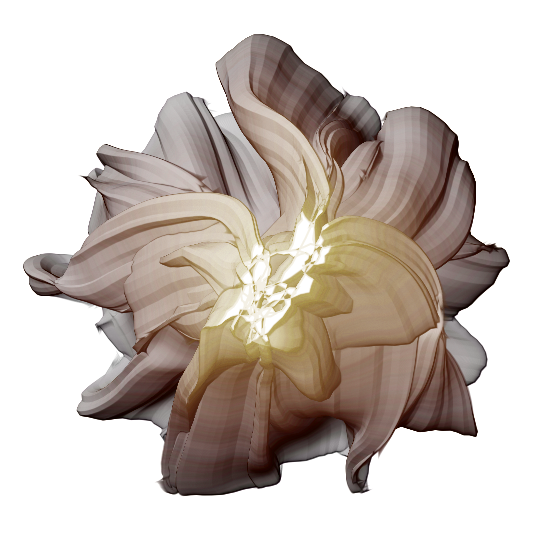
For assignment 2, we will focus on the primary ways in which we are able to make objects move via code. We will look at common ways of making things move through both explicit and implicit means. In addition, we will cover many mathematic expressions which can be useful in generating complex motion with relative ease.
For this project, you will be required to complete two distinct sketches as follows:
Each sketch should use expressions to generate some component of the final mtion, that is, the motion which occurs will be determined directly through the use of expressions which will vary predictably or unpredictably (i.e. using noise) over time and space - these might be regularly repeating patterns which evolve over space and time on their own, or which are dictated via a direct relationship to user input (mouse).
The goal in creating two sketches is for you to create two time-based projects which exhibit makedly different behaviors from eachother. In short, the two animations should convey different senses of pacing, composition and staging so that each looks different from the other - maybe your first sketch exhibits a slow pace and corespondingly uses a pallete or mark-making technique which both work together to convey a sense of quet, whereas your second sketch is more fast-paced, and utilizes a more vibrant pallete and composition.
Both sketches may incorporate user input, but this is optional.
As with the first assignment, the content of the imagery is your's to decide. You will however, be required to use variables and some sort of iterative routine to create imagery in which a system is apparent. In other words, while it is fine to use the random(); function for this project, it may not be advatageous do simply draw 1000 random ellipses on the stage. Though the idea of 'randomness' could be construed as a system in and of itself, I would like you to attempt to exert some amount of direction and control over the system you create in order for you to gain a better understanding of how and where to change and manipulate data in order to achieve a more directed and desired set of results. Keep in mind rules of composition, but also take into account how the aspect of time will influence how the viewer experiences the work - think about elements of pacing, staging, pattern, repetition, etc. Seek to create works which engages the viewer over time.
DUE: Your sketches are due February 27th at 10:00 AM